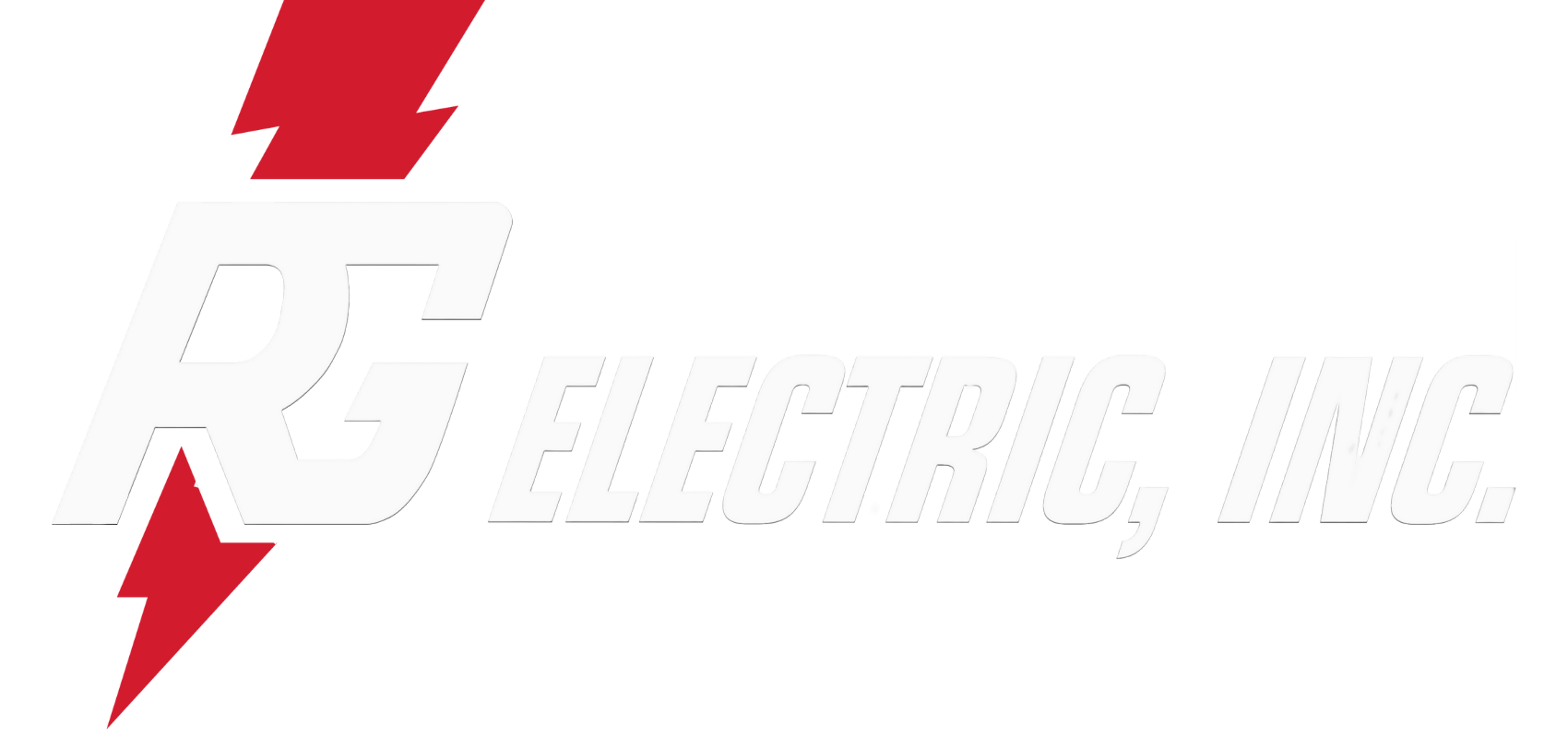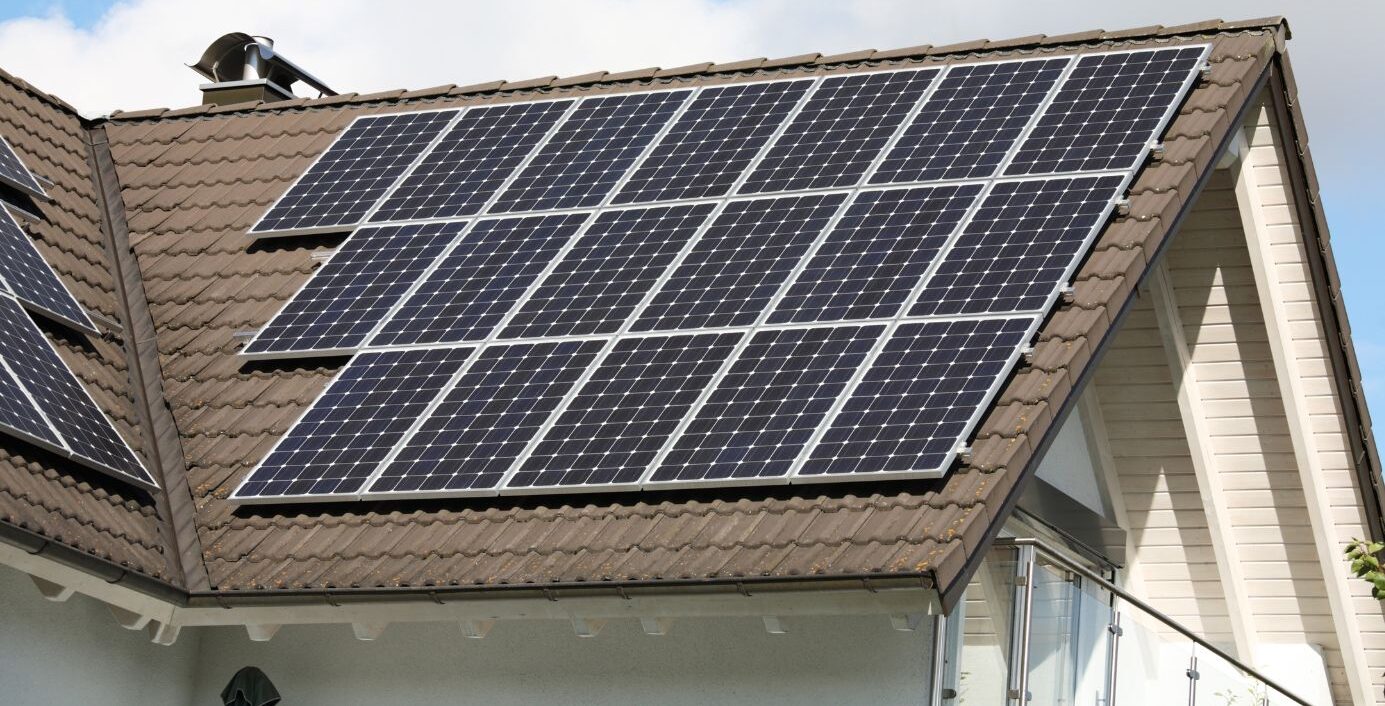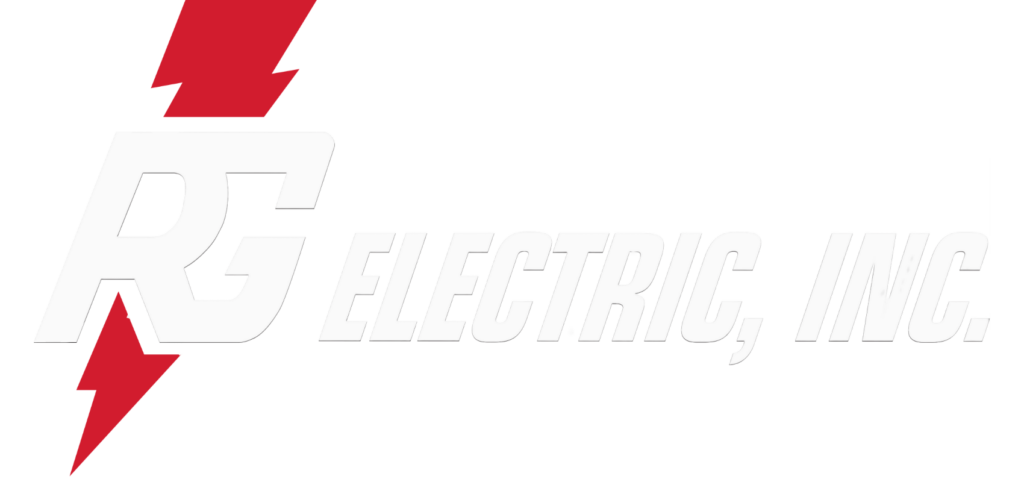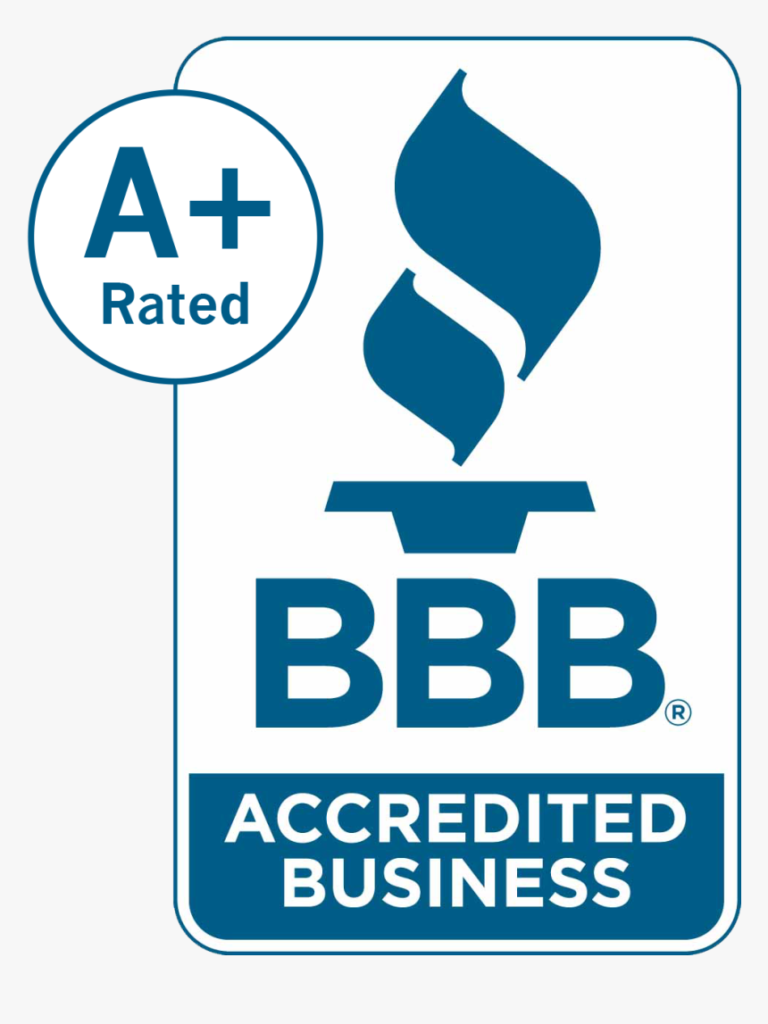Unlocking the Power of the Sun: The Essential Components of a Residential Solar Energy System
Harnessing the sun’s power to light up our homes and fuel our gadgets sounds like something out of a science fiction novel, doesn’t it? Well, the future is here, and it’s shining brighter than ever with residential solar energy systems leading the charge in the green revolution. But what magic lies behind these sun-chasing power plants perched atop our roofs? Let’s break down the key components of a residential solar energy system in a way that’s fun to read but sticks to the facts.
The Solar Squad: Main Components
- Solar Panels: The Sun Catchers
Imagine a team of superheroes, with each member tasked with capturing sunlight. That’s your solar panel squad. Made from silicon, these panels absorb photons and turn them into direct current (DC) electricity. The more efficient the panel, the more power you get from the same sunny smile of the sky. - Inverter: The Translator
Ever tried plugging your toaster into a lemon? Doesn’t work, right? That’s because your appliances need a specific type of electricity to run. The inverter takes the DC electricity from the panels and translates it into alternating current (AC) electricity, making it usable for your home. It’s like the babel fish of your solar system, decoding the sun’s messages for your appliances. - Batteries: The Energy Banks
What happens when the sun takes a break, and night falls? That’s where batteries come in. They store excess energy produced during the day for use at night or during power outages. Think of them as your personal energy savings account, always ready for a rainy day—or night! - Charge Controller: The Regulator
The charge controller is the wise mentor of the group, ensuring that the batteries don’t overcharge during the day. It’s essential for maintaining battery health and maximizing their lifespan, acting as a guardian to your stored sunlight treasure. - Electrical Breakers and Wiring: The Veins and Arteries
The electrical setup, including breakers and wiring, is the circulatory system of your solar energy system. It safely directs the electricity from the panels, through the inverter, and into your home, ensuring that your electronic devices can thrive on solar power without skipping a beat.
Why Go Solar? A Bullet-Point Bonanza
- Cut Down on Electricity Bills: Watch those bills shrink as your home becomes a mini power station.
- Increase Property Value: Homes with solar panels are hot on the market, often fetching higher prices.
- Contribute to a Greener Planet: Reduce your carbon footprint and join the fight against climate change.
- Energy Independence: Less reliance on the grid means more control over your energy use.
The Solar Journey: From Sun to Socket
The journey of a photon to your phone charger is an epic tale of transformation and transportation. First, solar panels capture sunlight, converting it into DC electricity. Next, the inverter steps in, translating DC into AC electricity. During sunny days, excess energy is stored in batteries, ready for nighttime or cloudy days. The charge controller keeps an eye on battery charging, ensuring everything runs smoothly. Finally, through a network of breakers and wires, this clean, green energy powers your home, making every day a sunny one, metaphorically speaking.
Your Home, Powered by the Sun
Embracing solar energy is like turning your home into a futuristic power oasis, where the sun’s endless energy fuels your daily life. With the essential components of a solar energy system in place, you’re not just saving on bills or boosting your home’s value; you’re part of a global movement towards a sustainable future. So, as the sun rises each day, remember it’s not just bringing light—it’s bringing limitless energy potential to your doorstep.



